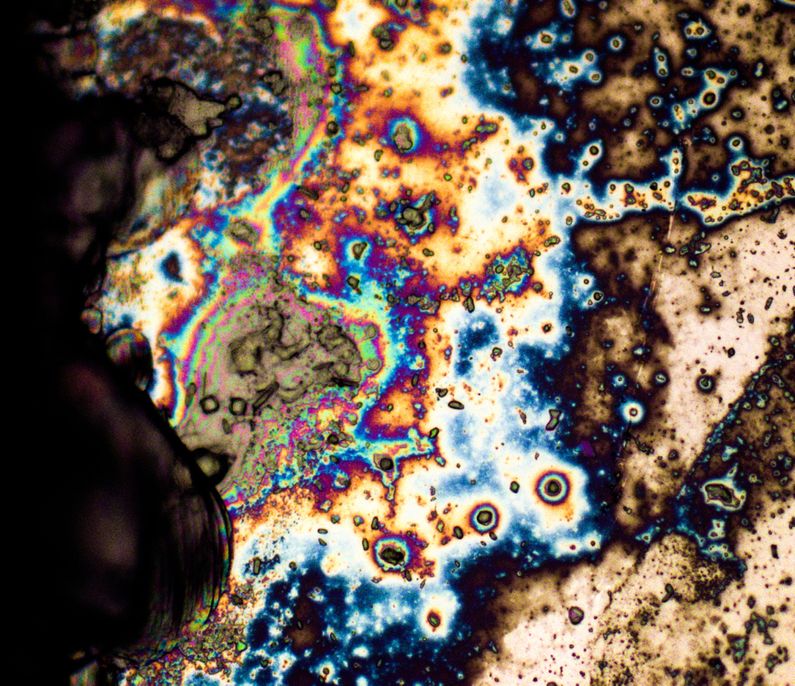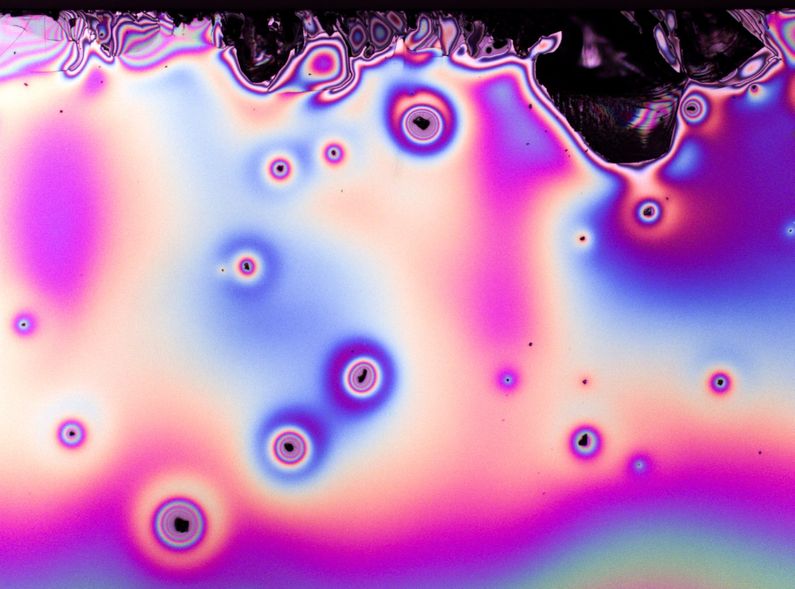Looks like a slanted surface of Martian desert cliffs, but this is actually an
extreme closeup of a human hair.
Nanoresearchers who try to describe their research often up comparing their
devices to the size of a human hair - for good reason. At about 100 micrometers
thick, a human











